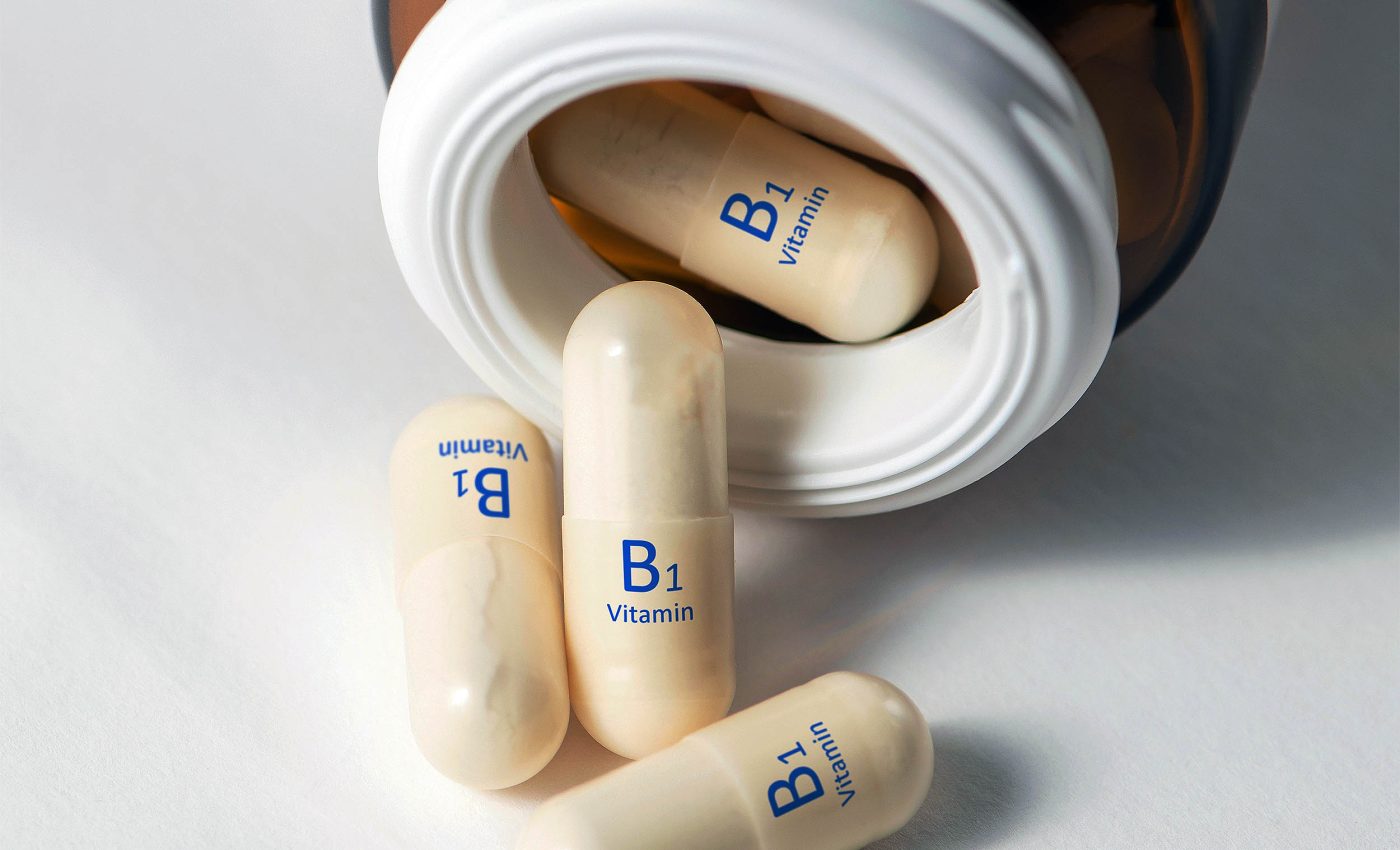
Vitamin B1 theory from 1958 is finally proven by scientists after being called 'crazy'
For years, one rule in chemistry class seemed simple: certain high-energy carbon species, like vitamin B1, fall apart in water. That’s why many reactions take place in specialized organic solvents instead of the most common solvent on Earth.
A new study puts a crack in that rule. It shows that a reactive carbon species can persist in water long enough to be directly observed and clearly described.
Water is common, safe, cheap, and central to life. If reactive carbon chemistry can run in water, we get a clearer picture of how some enzymes might work inside cells and a cleaner path for industry to make useful molecules.
Vitamin B1 debate began in 1958
Back in 1958, a bold idea suggested that vitamin B1 could form a short-lived, carbene-like species inside cells.
The concept clashed with the old view that water destroys carbenes almost instantly. The debate simmered for decades as tools improved and chemists searched for direct proof.
That proof has now arrived with a made-to-measure molecule that shields the reactive center well enough to persist in liquid water.
The team didn’t just propose it. They produced it and documented it with measurements that settle the case.
“This is the first time anyone has been able to observe a stable carbene in water,” said Vincent Lavallo, a professor of chemistry at UC Riverside and corresponding author of the paper.
“People thought this was a crazy idea. But it turns out, Breslow was right.”
Water, carbenes, and complications
A carbene is a carbon atom with two open spots for bonding. Carbon usually prefers a full set of electrons.
With fewer electrons than usual, it becomes reactive quickly. That reactivity is useful in many lab and industrial reactions because it can rearrange bonds efficiently.
Water molecules are quick to react with electron-hungry species. For most carbenes, that means a fast end to the reaction you wanted to study.
That’s the core reason many chemists long believed carbenes couldn’t play a role in watery environments like cells.
How they proved it
The researchers protected the carbene by surrounding it with bulky groups that hinder attack by water.
By crowding the space near the reactive carbon, they reduced unwanted side reactions while keeping the carbon center active.
They generated the carbene in water and captured its signature using nuclear magnetic resonance (NMR) spectroscopy. That experiment gave a clear, solution-phase fingerprint.
They then obtained a single-crystal X-ray structure that fixed the positions of the atoms in space. Together, those tools moved the result from “likely” to “certain.”
Vitamin B1 connection
Vitamin B1, also known as thiamine, becomes an active cofactor in the body. In that form, it helps enzymes break and form carbon-carbon bonds during metabolism.
The 1958 proposal suggested that, under the right conditions, a carbene-like state forms long enough to assist those bond changes.
Over the years, chemists gathered indirect support, such as the “Breslow intermediate,” but critics could still argue that real carbenes can’t exist in water.
This work removes that roadblock by showing that a true carbene can persist in water when designed correctly.
Cleaner chemistry impact
“Water is the ideal solvent – it’s abundant, non-toxic, and environmentally friendly,” said first author Varun Raviprolu, who completed the research as a graduate student at UCR and is now a postdoctoral researcher at UCLA.
“If we can get these powerful catalysts to work in water, that’s a big step toward greener chemistry.”
A large share of chemical manufacturing still depends on organic solvents that pose fire and health hazards.
If more carbene chemistry can run in water, production lines for some medicines and materials could become safer and easier to manage. Water won’t replace every solvent, but even a partial shift would help.
Vitamin B1 is just the first step
“There are other reactive intermediates we’ve never been able to isolate, just like this one,” Lavallo said. “Using protective strategies like ours, we may finally be able to see them, and learn from them.”
That outlook matters. Many useful reactions rely on short-lived species we seldom catch in the act. With smarter protection and sharper tools, more of those species can move from theory to clear evidence.
Vincent Lavallo put it this way: “Just 30 years ago, people thought these molecules couldn’t even be made,” he said. “Now we can bottle them in water. What Breslow said all those years ago – he was right.”
Science often works like this. An idea arrives before the tools exist to test it. Over time, methods improve, and designs get better. When the right experiment finally lands, the field shifts from debate to result.
Why does any of this matter?
This finding does not claim to show vitamin B1 forming a carbene inside a living cell directly on camera. It shows that water doesn’t automatically rule out carbene chemistry.
The result aligns with a classic proposal about vitamin B1, clears away a key objection, and points to cleaner ways to run powerful reactions in the safest solvent we have.
With good molecular design, a carbene can endure in water and still do its job. That makes the original idea from 1958 chemically realistic and strengthens modern views of how thiamine-dependent enzymes might carry out their work.
“We were making these reactive molecules to explore their chemistry, not chasing a historical theory. But it turns out our work ended up confirming exactly what Breslow proposed all those years ago,” Raviprolu concluded.
It’s a careful piece of chemistry with practical upside – and a reminder that good ideas can wait a long time before the right evidence arrives.
The full study was published in the journal Science Advances.
—–
Like what you read? Subscribe to our newsletter for engaging articles, exclusive content, and the latest updates.
Check us out on EarthSnap, a free app brought to you by Eric Ralls and Earth.com.
—–












